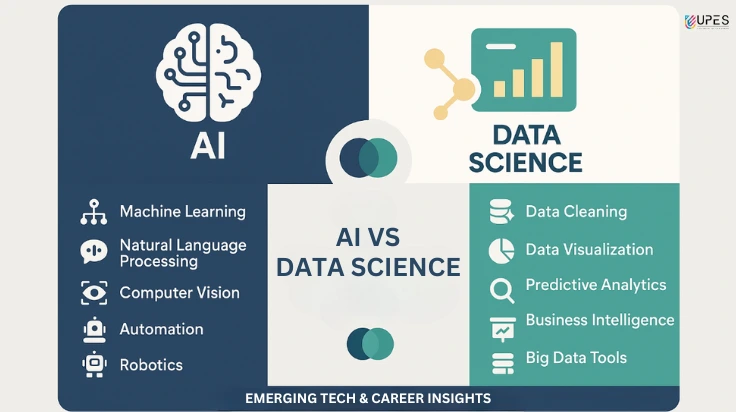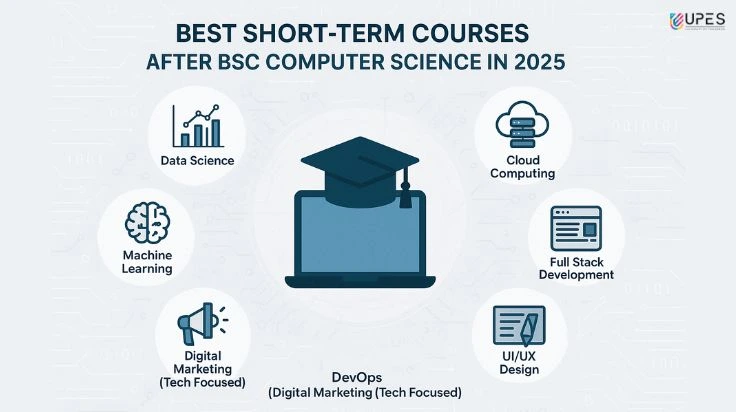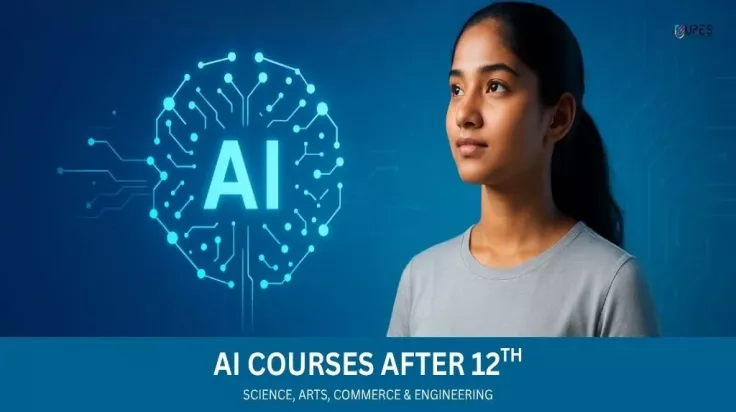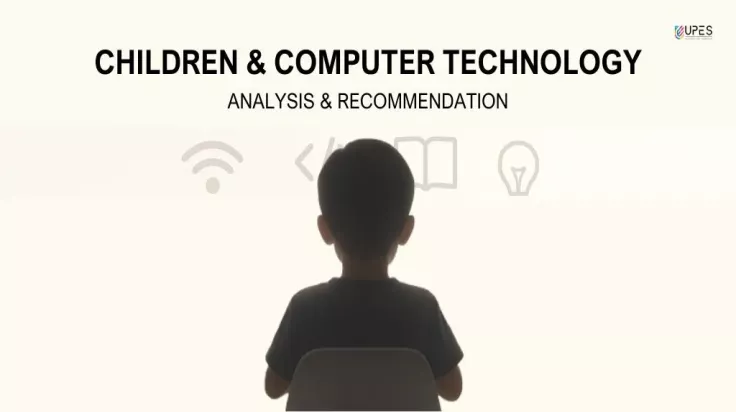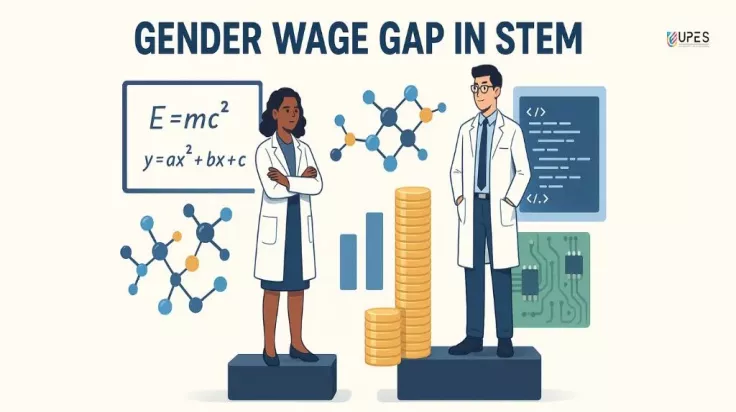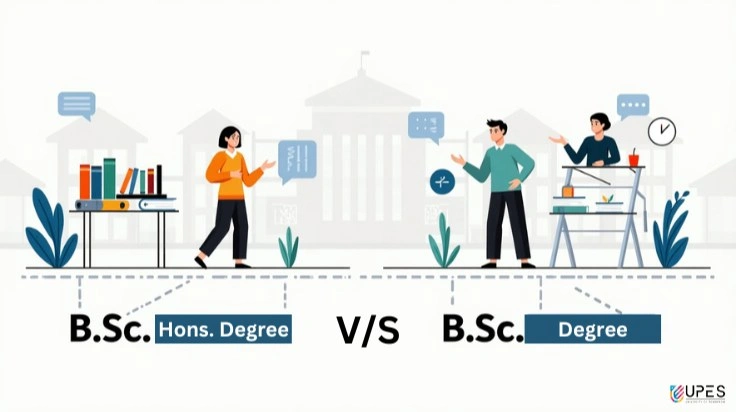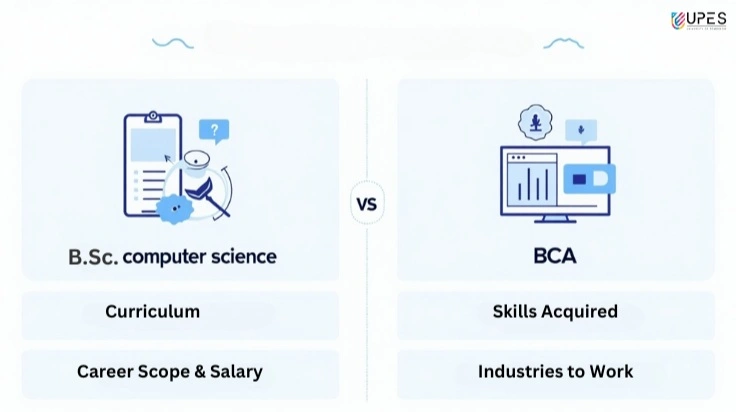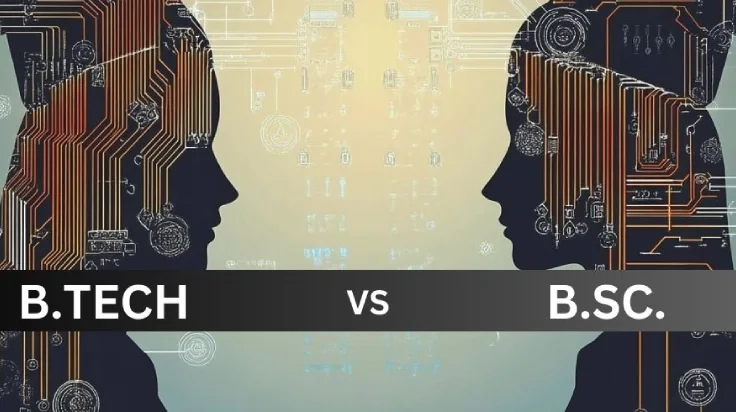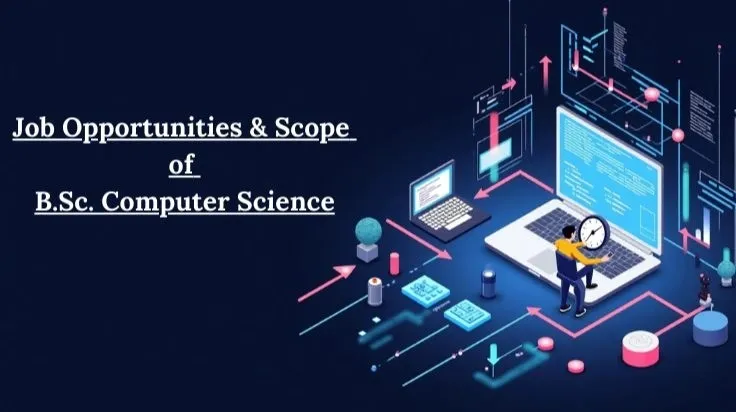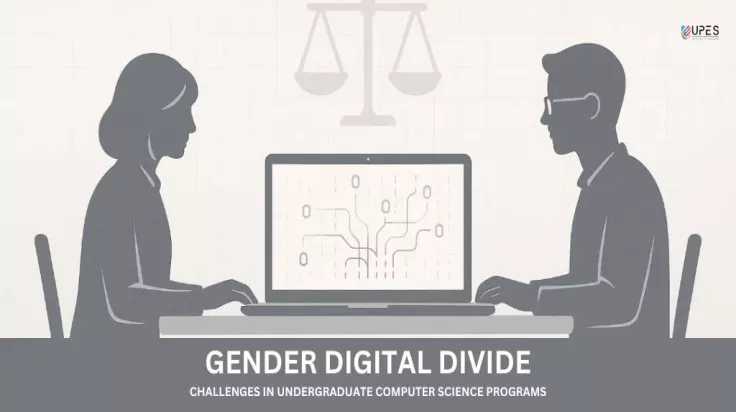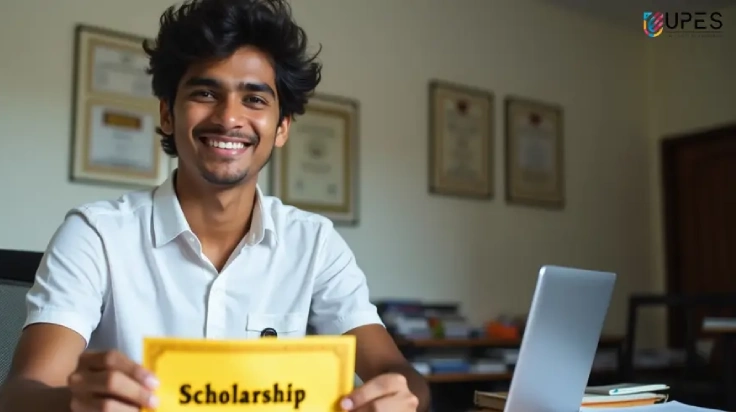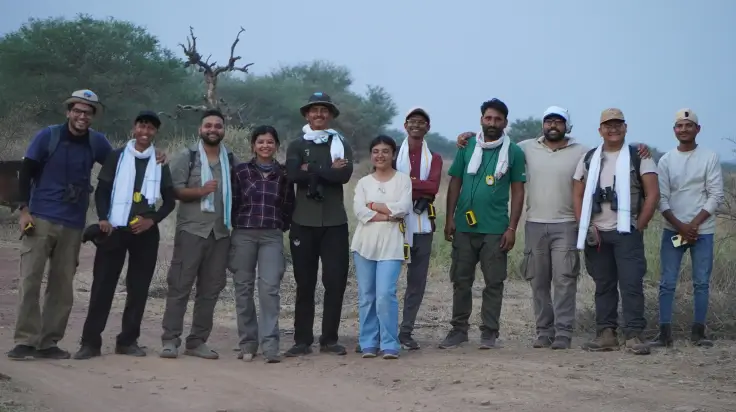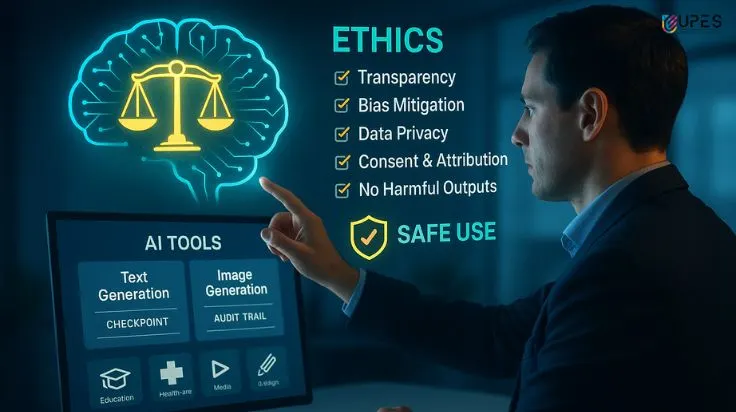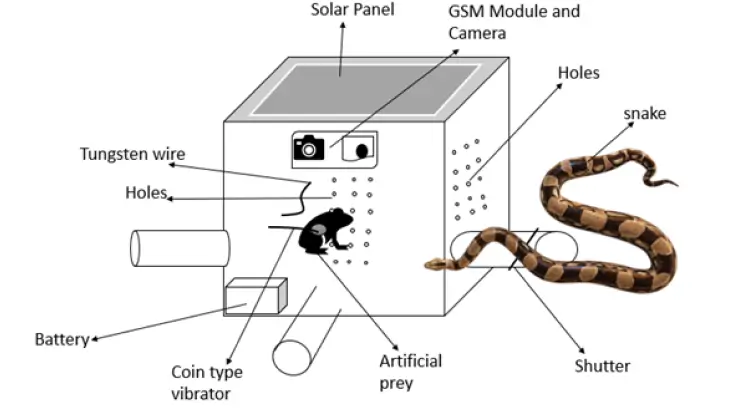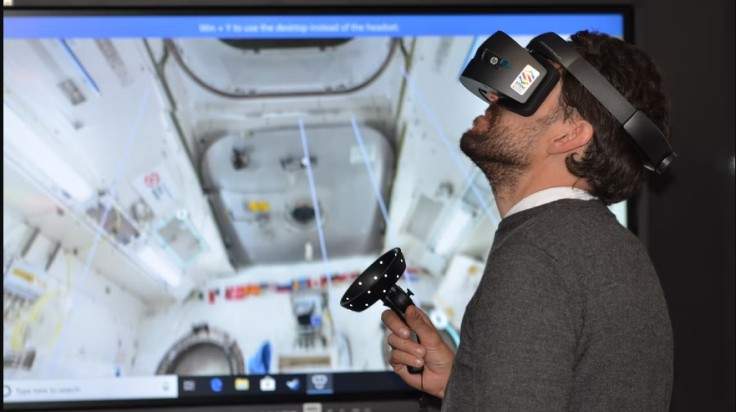How can conservation be improved by computation?
- Saurabh Shanu
- Published 10/11/2023

To preserve natural resources for future generations and to minimise their negative effects on the environment, conservation refers to the ethical management and sustainable use of these resources. This includes the preservation of natural resources, animals, ecosystems, cultural heritage, historical and artistic works, energy, water, and habitats on land and in water. Achieving a balance between environmental preservation and human demands is the aim since it guarantees resource availability for future generations while reducing ecological damage. Legal restrictions, environmental policies, protected areas, sustainable agriculture, forestry, research, monitoring, and public awareness campaigns are a few examples of conservation practices.
A variety of tactics are used in conservation to save and maintain ecosystems, animals, natural resources, and cultural legacy. Creating protected areas, passing laws to regulate environmental activity, repairing ecosystems, putting in place programs to conserve species, advocating sustainable resource management, educating the public, carrying out research, involving local communities in conservation efforts, cooperating internationally through international agreements, conserving historical and cultural sites, promoting energy efficiency and renewable energy, implementing water management practices, and encouraging waste reduction and recycling are common strategies. To combat environmental deterioration and biodiversity loss, effective conservation initiatives need to combine science, policy, education, and public support. To guarantee that conservation initiatives continue to be successful and flexible in the face of shifting conditions, adaptive management, and continuous assessment are essential.
Fighting environmental deterioration and biodiversity loss requires an all-encompassing strategy that incorporates public support, legislation, education, and science. While legislation informs conservation initiatives, scientific research aids in understanding the origins of environmental problems and the effects of human activity. Education influences people’s engagement in conservation initiatives by increasing public understanding of environmental concerns. Government financing and decision-making about conservation are influenced by public support. To solve environmental issues, governments, non-governmental organisations, and community organisations work together. Scientific research is used to guide policy choices and public awareness initiatives. Adaptive management, or changing policies based on continuing monitoring and scientific results, is a key component of successful conservation programs. For a sustainable future, cooperation between scientists, legislators, educators, and the public is essential.
Data analysis, modelling, and decision support are all made possible by computational science, which is an essential tool in conservation efforts. It processes enormous volumes of data on biodiversity, habitat conditions, and environmental variables to help detect trends, risks, and possibilities for action. Geographical analysis enables the mapping and monitoring of ecosystems and biodiversity, while predictive modelling aids in simulating and forecasting the effects of conservation initiatives. Resource allocation is optimised by computational algorithms, population diversity is understood via genetic analysis, and resource management techniques are evaluated through sustainability evaluation. Automated monitoring systems can identify illicit activity or alterations to ecosystems, assisting decision-makers. Additionally, the public may be involved in conservation efforts by using computational tools to raise awareness and gather data for citizen science projects.
All things considered, computational science—which encompasses data analytics, modelling, and simulation—is vital for maximising conservation tactics and reaching wise judgments. It makes it possible for policymakers and conservationists to balance several conservation-related features while accounting for ecological, economic, and social concerns. The end goal is to manage natural resources sustainably and preserve biodiversity.
Saurabh Shanu
The writer is Saurabh Shanu, Assistant Professor, UPES School of Computer Science
UPES Admission Enquiry
Subscribe to UPES Blogs
Join our community for exclusive stories, insights, and updates
By clicking the "Subscribe" button, I agree and accept the privacy policy of UPES.










